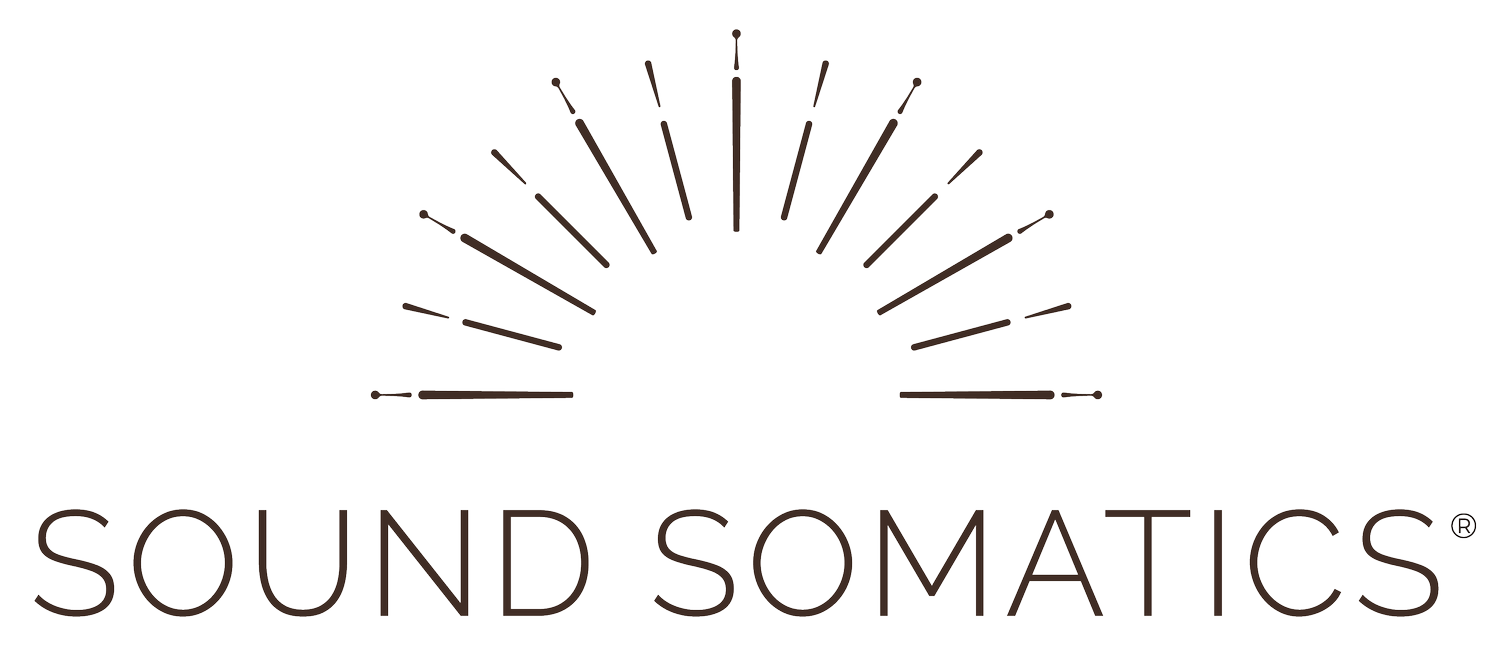Why Somatics is Key for Professional Development
I’d love to share a quick story with you. It’s about a very unusual job I had that introduced me to somatics, and why it's key for professional development.
Out of college, I spent five years working for a medical school’s simulation training center.
Just like pilots go through simulation training in order to get their license, simulation has become the gold standard in medical education.
This center was where medical students and residents would learn new skills and practice medical emergencies, so they were prepared for what might arise with real patients.
While my role was very much behind a desk, somehow I got persuaded to become a patient actress as well.
Every so often, I’d take a break from spreadsheets and program management and would dress up in a pregnancy outfit, fake belly and all.
I would interrupt a lecture in our conference room, telling a room of medical students or OB/GYN residents that my water had broken and contractions had started.
A couple participants would then wheel me back into our delivery room. Sometimes the simulation would focus on team communication, while other times it would focus on the medical management of emergency scenarios.
I’d wear an earpiece where the instructor, who was watching from another room, would guide me through what to do: “Okay Elizabeth, start complaining because you’re having a contraction,” or “It’s time to start convulsing because your seizure has begun.”
For someone who’s an introvert and absolutely not an actress, let’s just say this was an unexpected way to spend my time. Things ratcheted up another level when we did a simulation in an auditorium of 300 people.
Every year, the medical school would put together a series open to the public that highlighted the school’s cutting-edge research and training.
As part of the series, we demonstrated a training of a postpartum hemorrhage, where again I was the patient actress. A few brave audience members joined me onstage to experience the simulation first-hand, fake blood and all.
While I was very much outside my comfort zone, especially in front of this many people, I kept offering to do these trainings because I saw how powerful they were.
They’re powerful in part because they involve a person’s whole self - mind, body, and emotions.
As a result, they bring to light the fact that how we act isn’t just influenced by our mind, but by other factors too. These include our stress response and emotions under the surface, which impact how we think, feel, make decisions, and communicate especially under pressure.
Through these trainings, our goal was to create a safe learning environment for people to navigate these situations not just intellectually but experientially as well - practicing, developing muscle memory, and gaining confidence.
This job, combined with the somatic work I was doing in my personal life, helped me realize that learning that engages the mind alone doesn’t always lead to professional growth.
We have to work with our whole selves - mind, body, and emotions. That is what somatics is all about.
I also realized that fields outside of medicine and aviation needed an embodied approach to professional development.
Thankfully other people realized this too, as in the last decade somatics has become increasingly incorporated into leadership coaching, along with companies’ team trainings.
For example, if you'd like to handle other people's emotions with more ease, or would like your team to communicate more effectively, reading books and watching PowerPoint presentations can provide incredible insights.
Putting these insights into practice, however, is the real challenge for most of us. That’s the gap we need help with when it comes to professional development.
Our stress response and emotions - both of which reside primarily in the body - are often what prevent us from closing this gap. That’s why the body and somatics anre’t just relevant, but are of utmost importance.
Somatics is key for professional development because the focus is on learning new strategies to put knowledge into practice - in your specific workplace, even when you’re under pressure, and consistently over time.
Closing this gap results in embodied change. And it's embodied change that moves us and our organizations forward, as we evolve and grow.
While I didn’t necessarily love the pregnancy outfit, I’m grateful for the years I spent in the simulation center.
And for the fact that I get to continue applying the lessons I learned there, but these days in a far more laid-back environment.
In sharing this story about my crazy job, my hope is that you too consider a more embodied approach to professional development.
Whether it's for you or your team, there are myriad ways - other than simulation - that are grounded in somatics to support professional growth.
For more information on you might experience embodied change through coaching, click HERE. And for examples of how somatics can be woven into your team trainings, click HERE. Reach out to me HERE with questions or comments!

